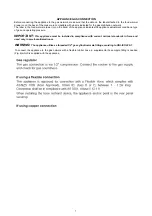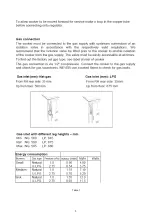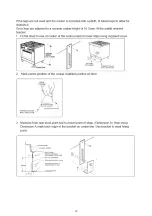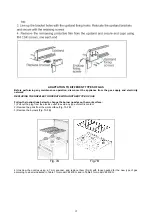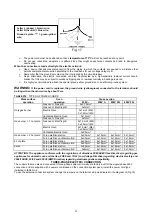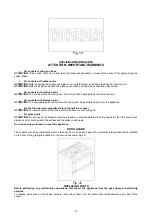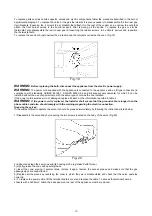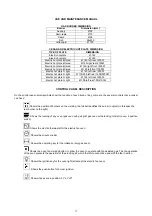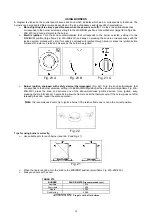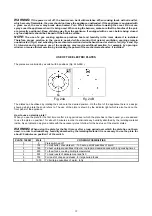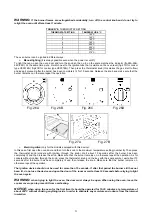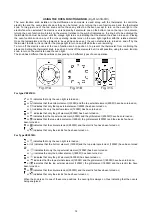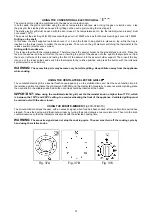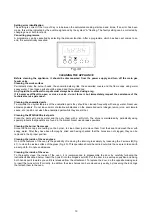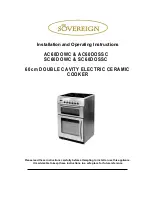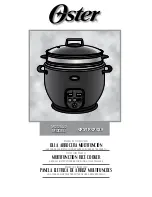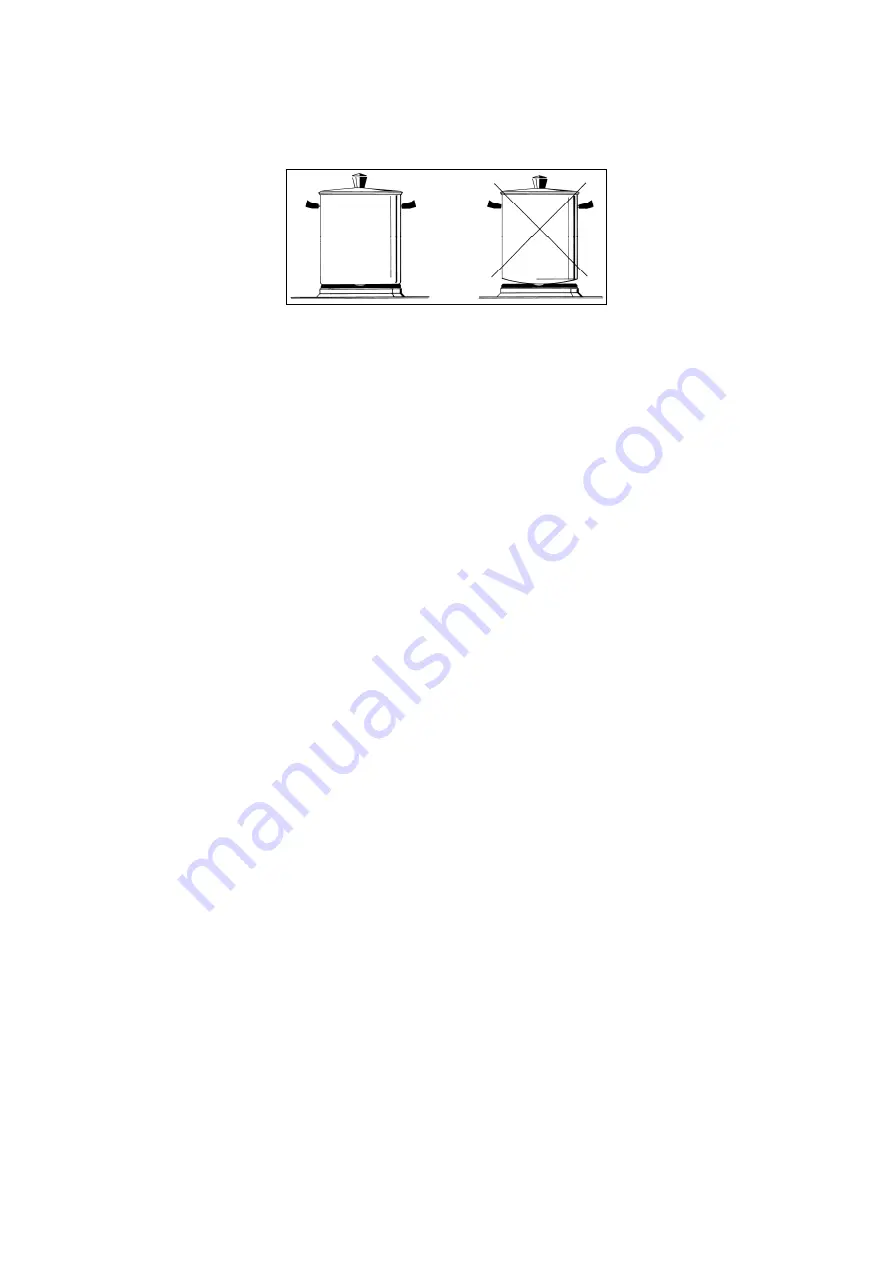
20
For a correct use remember the following:
¾
Dry the bottom of the pan before putting it on the plate.
¾
Use pans with a flat bottom and in thick metal
(Fig. 25 ).
Fig. 25
¾
Never use pans which are smaller than the plate.
¾
Switch on the current after you have put the pan on the plate.
¾
After use, to keep the plate in good condition, always treat the plate with normal products for electric
plates which are available on the market so that the surface is always clean; doing this will avoid any
eventual oxidisation (rust).
¾
Even after use the plates stay hot for a long time and so do not put your hands or other objects on the
plates so as to prevent possible burns.
¾
When the plates are in use make sure that the pan handles are positioned correctly. Keep children
away.
¾
When cooking foods with oil and fat, which can easily set alight, the user must not leave the appliance
unattended.
WARNING:
As soon as you see a crack in the surface of the plate immediately disconnect the appliance from
the mains.
USING THE CERAMIC HOB
The work surface has 4 cooking areas with different heating levels and diameters. The positions are clearly indicated by
circular areas that are not etched. Heating takes place within these marked areas. If 1 or 2 cooking areas are used, the
other surface remains cold. It is recommended to use special utensils for electric cooking to ensure efficient use and to
save energy. The bottom of the pan surface should be thick and flat to guarantee the best cooking. The diameter of the
base of the pots (or other containers) should be as close as possible to the diameter of the plate being used, if it is
smaller, energy will be wasted since the heat generated will be partially dispersed by the uncovered surface of the plate.
The surface of the hob and the base of the container must be clean. Following these hints will save energy and heat.
How to use the ceramic hob?
Each cooking area is controlled by a thermostat or by an energy regulator that is used to select a variable temperature.
When the boiling point is reached, the temperature can be reduced to allow the food to slowly boil. Practice will indicate
the right time to allow the foods to slowly boil, but obviously this depends on the food and the type of pot. The correct
combination will save time and energy.
WARNING:
Your CERAN ceramic hob is resistant to thermal shocks and is not affected by heat or cold.
Accidental impacts with a heavy casserole dish are unlikely to damage the hob. However, a special type of
impact, caused by a heavy abject such as a salt container or a spice bottle on the edge or corner of the hob,
may break the surface.
USING THE GAS OVEN
GAS OVEN:
All the gas oven cookers are equipped with a thermostat and safety device to adjust the cooking temperature. The oven
temperature is set by turning the knob counterclockwise to match the indicator with the temperature selected. The gas
oven can be combined with a gas grill or an electric grill. See the specific pages for usage information.
FAN GAS OVEN:
Operating the fan of the oven by means of the appropriate switch situated on the control panel, the circulation of warm air
guarantees a uniform heat distribution. The preheating of the oven can be avoided. However for delicate baking, it is
preferable to warm the oven before introducing the baking-pan. The baking system with the fan convection changes in
part the various traditional baking notions. When roasting meat it is not necessary to turn the meat any more and for a
roast on the spit, it is not indispensable to use the spit-roaster, but is sufficient to put the meat directly on the grate.
With the use of the fan gas oven, the baking temperatures are slightly lower by about 10-15°C compared to those in use
with the traditional gas oven. The fan operation of the oven prevents the operation of the electric grill, which therefore
cannot be used with the fan in action.
The oven can also be used in a traditional way, (by not activating the fan) for foods requiring heat from the bottom, e.g.
pizza.


